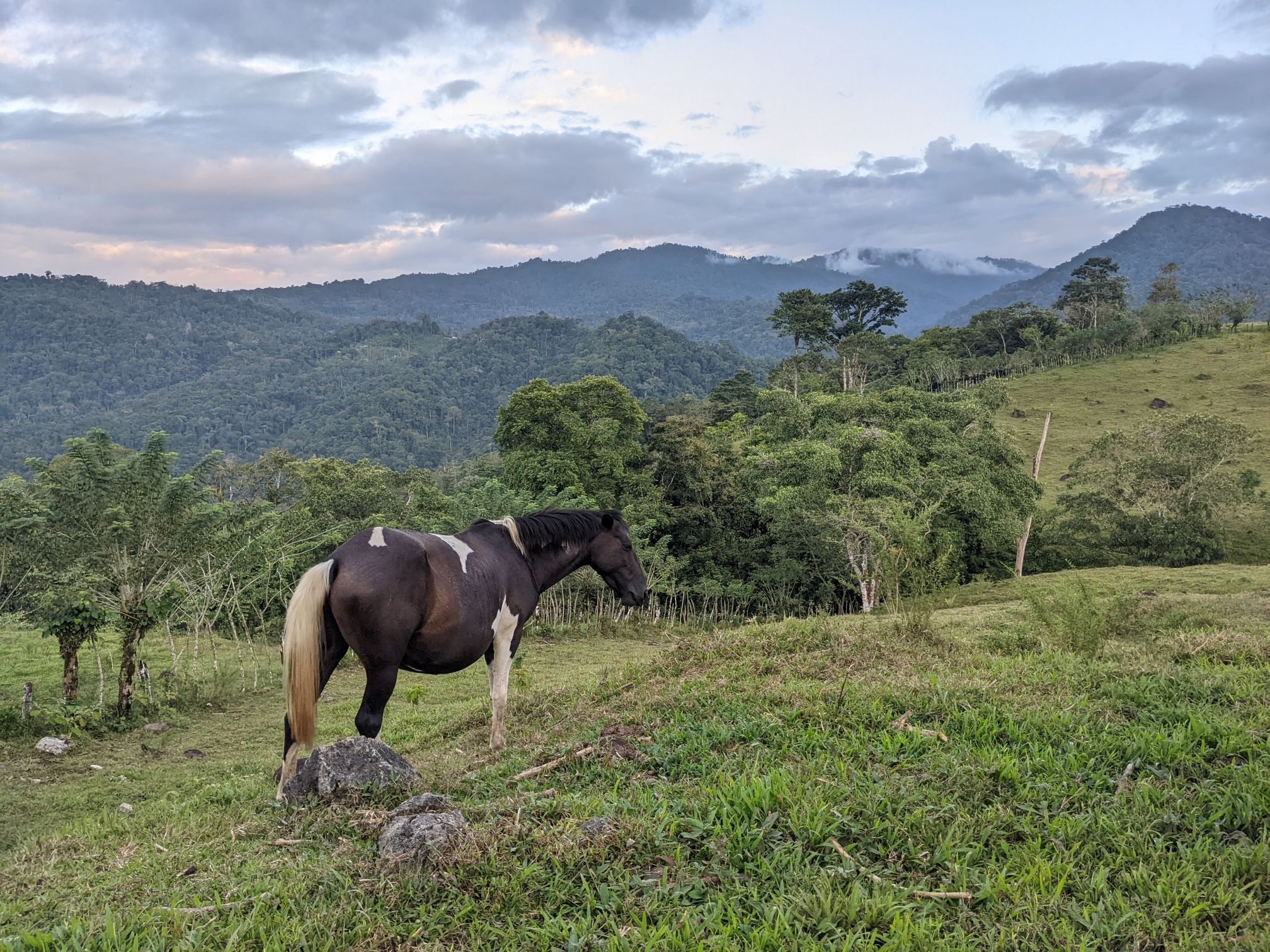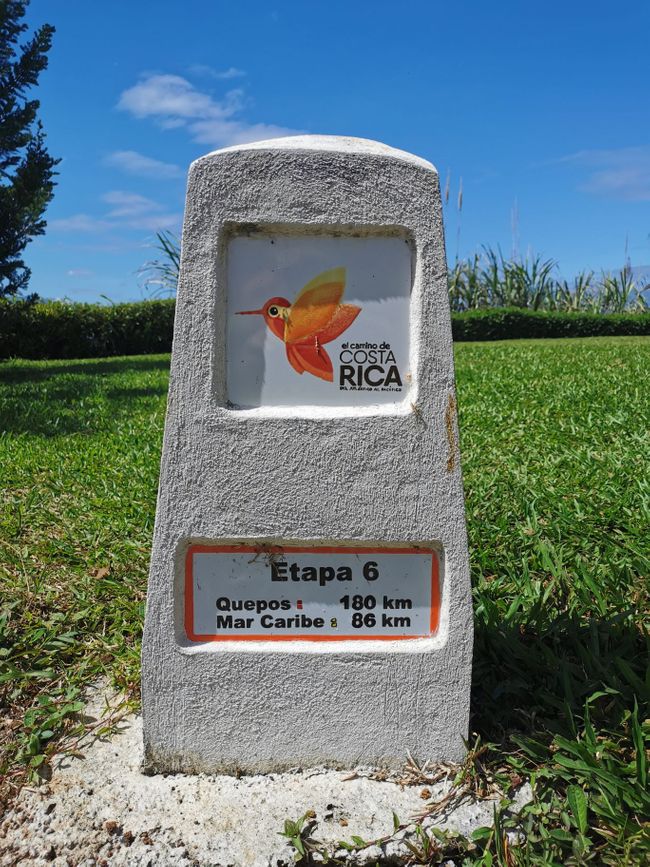Sierra de Rosario Biosphere Reserve
Pubblicato: 06.04.2019
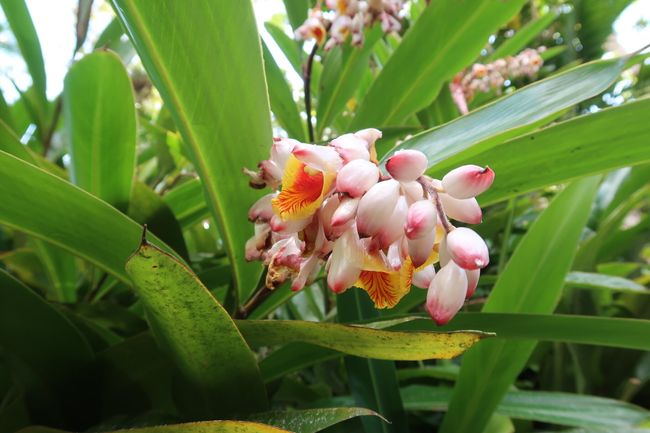
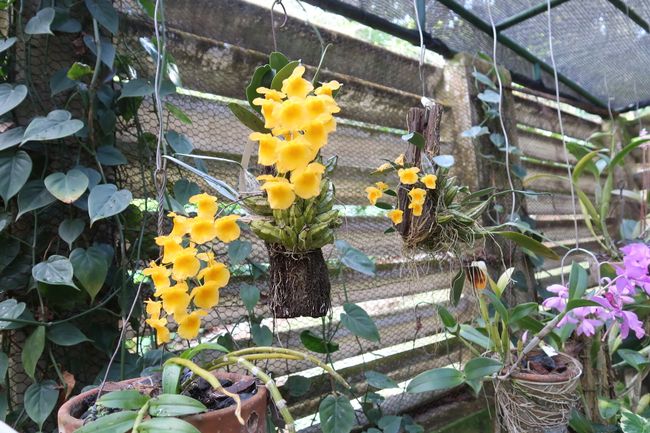
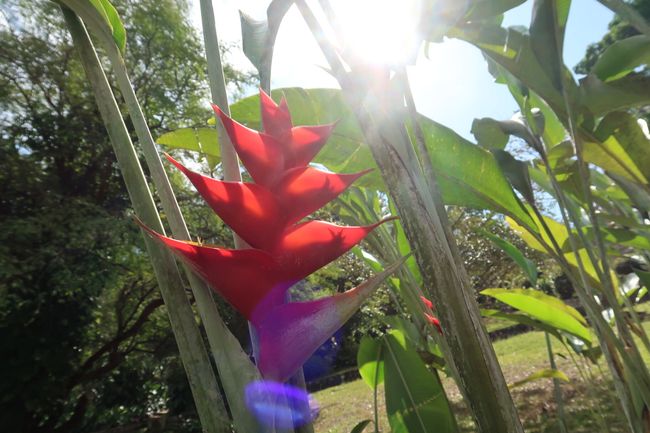
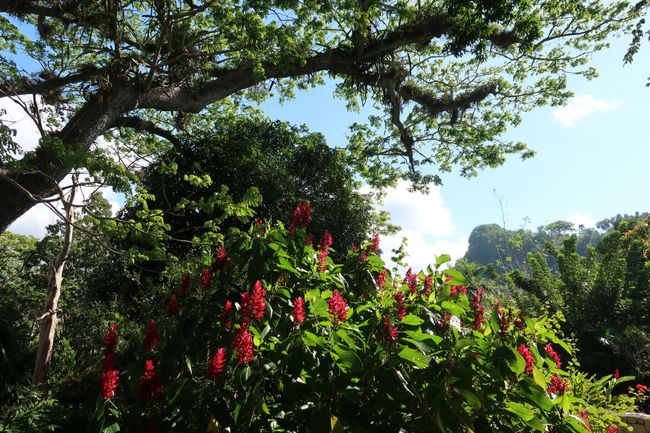
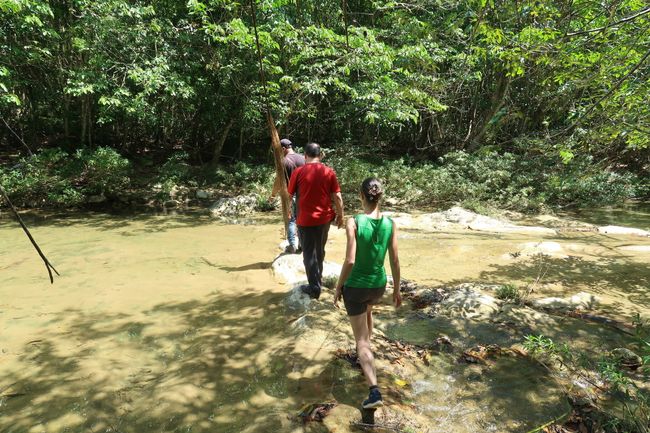
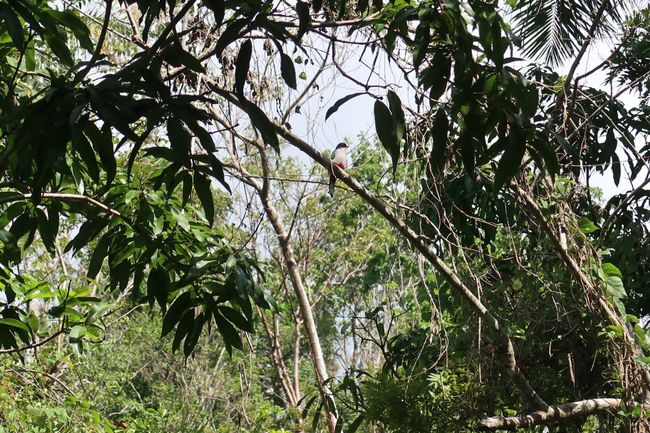
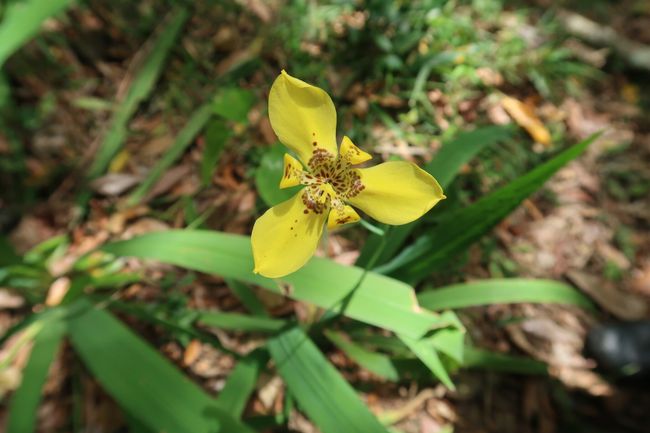
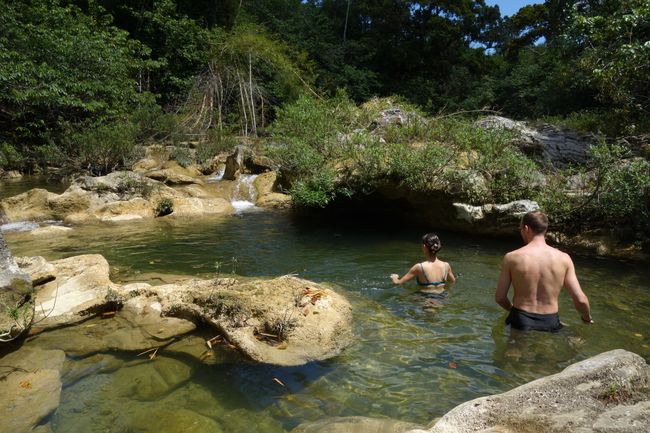
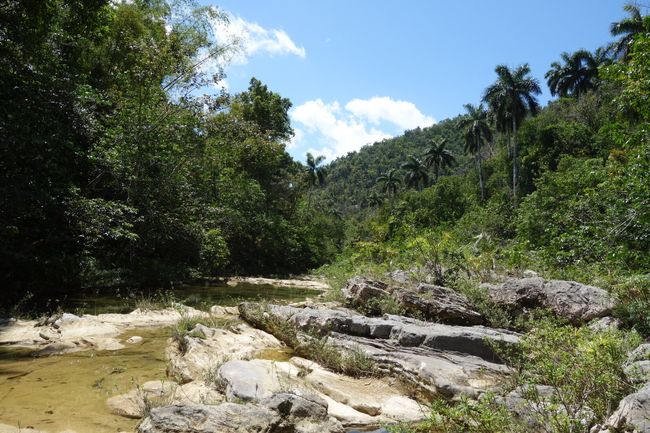
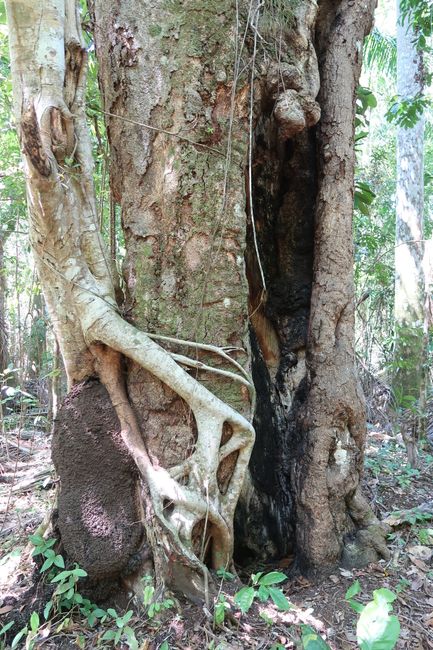
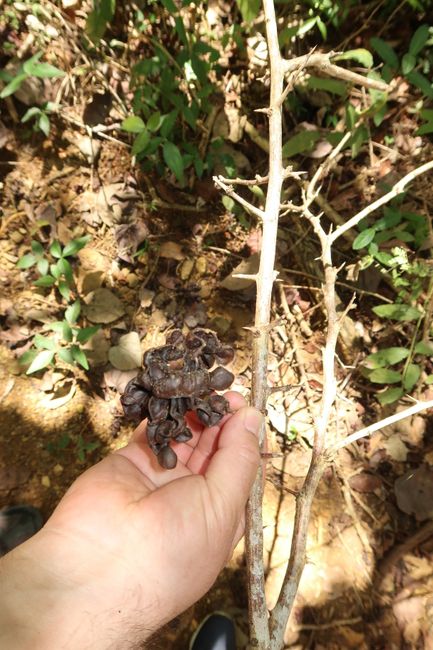
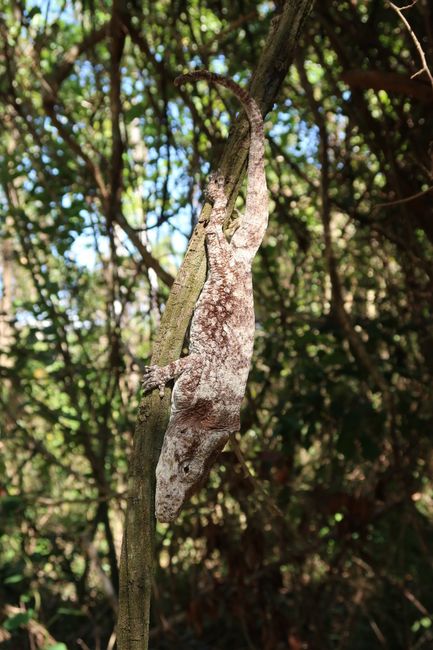
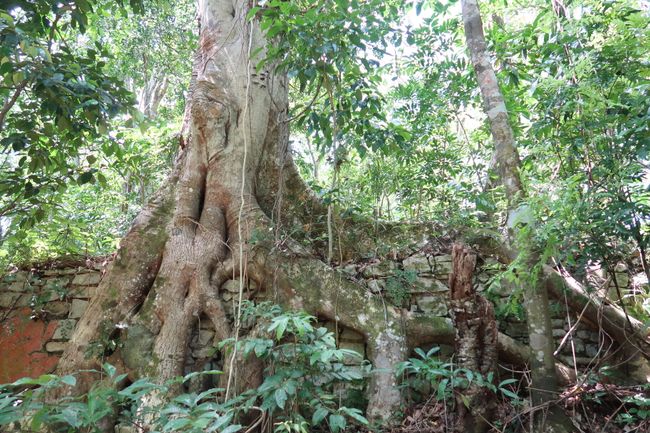
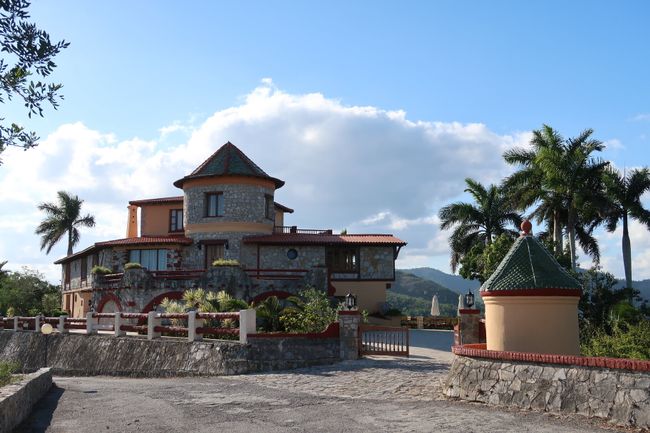
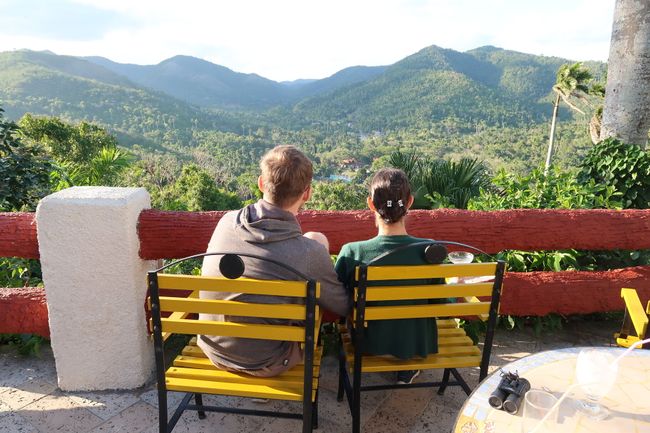
Iscriviti alla Newsletter
In the morning, there was a first-class breakfast with guava jam, honey from the beekeeper, egg with tomato and onions (tortilla), bread, tea, coffee, and fresh pineapple. Chris was feeling better, so he could also enjoy breakfast.
First, we wanted to visit the nationally known orchid garden in Soroa. There were different prices for Cubans and tourists, which is common for entrance fees, but my dad had to show his Cuban passport, otherwise he would have had to pay the tourist price. This made him so angry that he didn't want to come in at the end. So Chris and I visited the lovingly planted garden alone, and we were lucky because it was the blooming season for orchids.
The day before, we inquired about hiking opportunities in the Sierra de Rosario Biosphere Reserve at the local hotel, which we wanted to explore because of its special animal and plant life. There were different length hikes, and we decided on a 13 km and 4 ½ h long hike to the Bayate River (the only river in the region that carries good water even during the dry season), where we were also supposed to pass by ruins of old coffee plantations. The demand from tourists for such activities seemed to be low, so it took a while to find the guide with whom we then arranged for a private tour by phone.
The path was quite rough as 2 cyclones and a fire had ravaged the area recently, leaving many fallen trees and loose undergrowth as obstacles. However, our guide led us gently through the partly jungle-like forest and knew many plants and trees and their benefits. We saw, among other things, mango trees, mamey trees, mamey de Santo Domingo (similar to the Gandalupe melon), almacigo, lime, various types of palm trees, ceiba (mighty trees), avocado, guava, and many more. Unfortunately, the Marabou seemed to have multiplied greatly, as we often encountered them on our trips. This bird is not a useful plant, but it spreads quickly, is difficult to get rid of, and has large thorns that can pierce through shoes when stepped on.
Besides the flora, the fauna is also special in this biosphere reserve. In fact, we were lucky to see three! Tocororos (Cuba's national bird, black head, white chest, red tail base, blue back), even my dad as a Cuban saw them for the first time in his life. The bird often announces itself from a distance with its call, and our guide told us that the Tocororo behaves like the cuckoo and has other birds hatch its eggs and throw out their young from the nest.
Furthermore, I was thrilled when we almost accidentally discovered a chameleon (Chamaeleolis barbatus, also known as Chipojo) on a branch. It was about 25cm long and we would have almost walked past it because of its good camouflage (they can change color between black, green, and white). Our guide laughed when we told him that we also keep five geckos at home in terrariums and occasionally feed them insects, but we have to buy them. Here, where there are plenty of insects, it is unimaginable to make money by selling insects.
We also heard the call of an arriero (Coccyzus merlini), which can be heard every full hour and at twelve o'clock and four o'clock in the afternoon it makes a characteristic longer call, so that the workers could conveniently rely on these times. Our guide also showed us huge termite mounds, which are often found on the trunks of certain trees.
After more than half of the distance, we were able to take a refreshing swim in the river, where a small natural pool had formed. Then, a little further along the path, we discovered the first ruins of the coffee plantations, which already have the roots of the mighty trees firmly in their grip and only leave a hint of past times.
Our guide showed us the appearance of many birds on his mobile phone with a file/app that included the history, geology, and geography of Soroa, as well as native birds and amphibians. However, since our previous attempts to find a book about Cuba's flora and fauna were in vain, he sent us this file via Bluetooth, so that we now have a good source of information for future hikes.
For all those interested in such a hike in Soroa, we can highly recommend our guide Yerquis. Here are the contact details: yerquisbabin@nauta.com.cu, +53 5 8129327.
After this very successful hike, we drove up to a mirador (viewpoint) to Castillo en las Nubes (Cloud Castle) for a break. This impressive building at a high altitude was built a long time ago by a Spaniard for relaxation, but was destroyed after the hurricane in 2014 and has now been rebuilt. From there, you have a magnificent view of the mountains and surrounding forests, and even our accommodation. Here, we ended the day with a cocktail and enjoyed the cozy atmosphere.
Iscriviti alla Newsletter
Risposta (1)
Karin
Das war sicher eine beeindruckende Entdeckungstour. Diese Führung durch die Sierra del Rosario hat sich auf jeden Fall gelohnt. So konntet ihr ohne Bedenken den dschungelartigen Wald hautnah erforschen, euch aufs Genießen konzentrieren und mit seinen Erklärungen alles noch intensiver erleben. Encantado de la vida!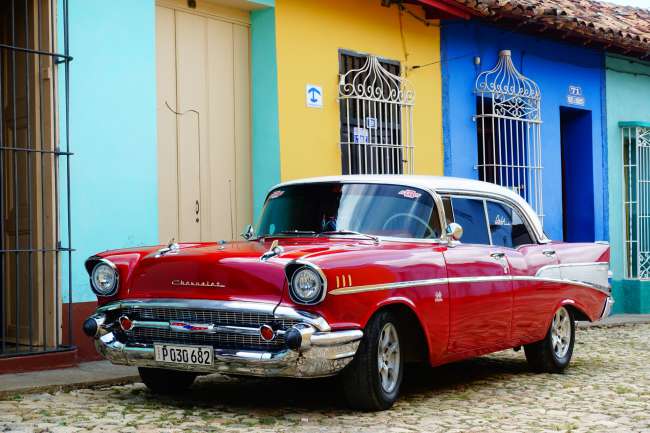
Rapporti di viaggio Cuba
